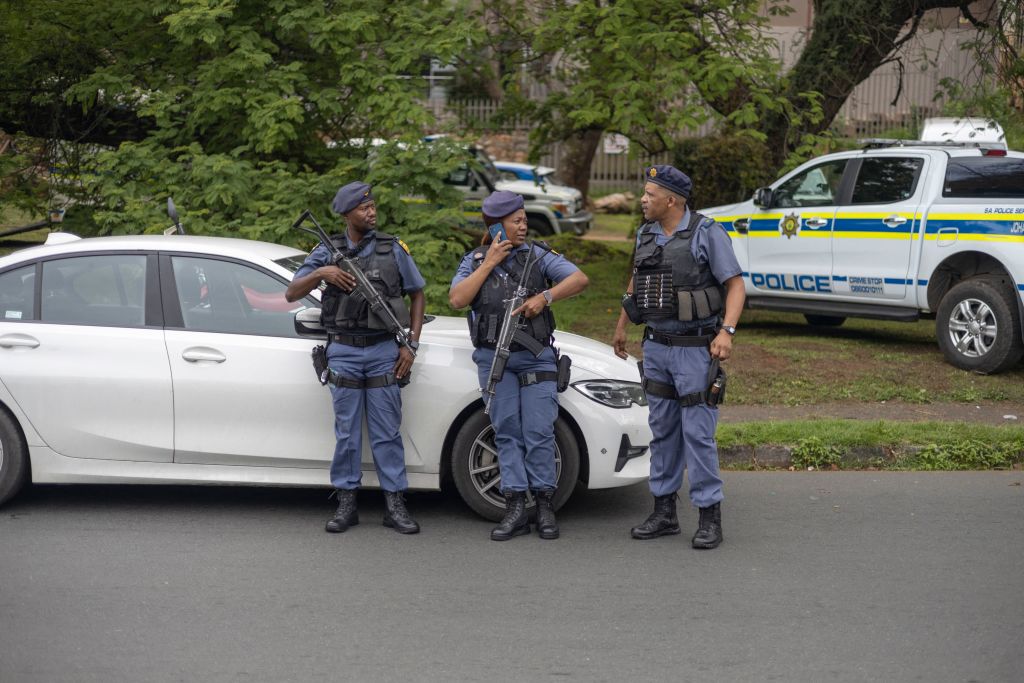The already-high risk of kidnap in South Africa is likely to worsen this year. The authorities appear to be concerned that kidnap-for-ransom is becoming more frequent in recent months.
This assessment was issued to clients of Dragonfly’s Security Intelligence & Analysis Service (SIAS) on 31 January 2023.
- Kidnap-for-ransom appears to be becoming more prevalent in Cape Town, Durban and Johannesburg
- South African rather than foreign nationals seem to be main target of small gangs
- Policing and private security measures are likely to limit kidnapping attempts in wealthy and touristic areas
The already-high risk of kidnap in South Africa is likely to worsen this year. The authorities appear to be concerned that kidnap-for-ransom is becoming more frequent in recent months. This is as small gangs are reportedly targeting South African nationals for ransom in the Western Cape, Gauteng and Kwa-Zulu Natal provinces. For now, foreign travellers appear rarely to be the target; this is probably due to effective security measures in wealthier areas. Still, with the police struggling to address such crimes, criminal syndicates are likely to continue to use this lucrative tactic.
Kidnapping in South Africa appears to be on the rise. Recent police statistics show that there has been an increase over the past year from a monthly average of 800 cases reported in 2021 to around 1,000 in late 2022. The police data shows that most kidnappings seem to be related to carjacking or burglaries; during such events, perpetrators take victims hostage for a few hours and women in particular have been subjected to sexual violence. Although these often occur in economic hubs, statistics show that the Western Cape, Gauteng and Kwa-Zulu Natal provinces are most affected.

A rise in kidnap-for-ransom
There are also signs that the incidence of kidnap-for ransom over the total number of kidnappings is rising. While official statistics on kidnap-for-ransom are not available, we have gathered data from selected local media outlets that shows that the press covered around nine incidents between July 2019 to January 2020. And after the Covid-19 pandemic, over the same period of 2022 and 2023 this number increased to 43 incidents . We suspect that a long and strict lockdown accelerated this trend. The persistence of economic hardship as well as high unemployment rates mean that this risk will probably continue this year.
Small gangs with limited resources seem to be mostly behind the rise in kidnaps-for-ransom, in our analysis. Large, powerful and complex criminal syndicates are present in the country. But they appear to be focused on other criminality types, such as cargo theft. Small gangs instead appear to operate in low-income areas in the cities, especially on the periphery where there are vast and unregulated townships. These groups are seemingly able to recruit their members and operate with little detection from police there.
Targeting tactics
South African nationals seem to be the main target of kidnappings. Perpetrators are often opportunistic and their victims diverse. In Durban, the authorities advised over the December festive season that residents be wary of abduction attempts on crowded beaches. And a trucker association said recently their drivers are at risk of being kidnapped, especially while queuing at land borders. In low-income areas of the cities, local businessmen of Somali or Pakistani origin also appear to be a frequent target; they are reportedly known for carrying large cash sums and anecdotal evidence suggests these attacks are more likely to be fatal, even if the ransom is paid.
For now, foreign travellers do not seem to be directly affected. Western travel advisories suggest foreign travellers are exposed to high risk of violent crime in general, such as carjacking and robberies. They tend to advise to avoid travel after dark and that exposure to such crimes would be most acute in city centres and townships. The US however advises that ‘there has been an increase in ISIS activity’ among which kidnap-for-ransom tactics appear to be linked. Still, the UK travel advisory states that exposure to violent crime in tourist areas is ‘generally low’.
Inconsistent government response
Security forces will probably deter kidnappers from attempts in wealthy areas and tourist sites. In major cities, tourists or middle and upper class shoppers typically visit areas that are closed off. There, private security companies monitor foot and car traffic. They also tend to install cameras at access points or car parks. And police patrol publicly-accessible areas such as beaches. But beyond this deterrent, police forces are not uniformly resourced to deal with kidnap. With only Cape Town having established an anti-kidnap task force, for the most part the police would probably struggle to pursue or investigate kidnapping cases, particularly if perpetrators take victims to townships.
Image: South African Police Service (SAPS) stand near a roadblock during Operation O Kae Molao aimed to fight the high level of criminality in Johannesburg on November 24, 2022. Photo by GUILLEM SARTORIO/AFP via Getty Images







